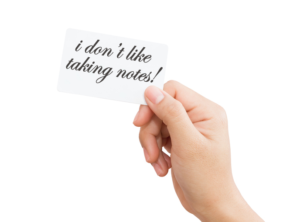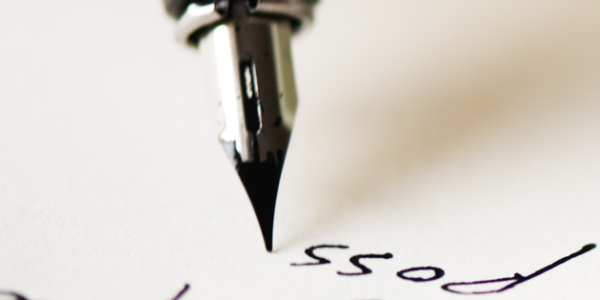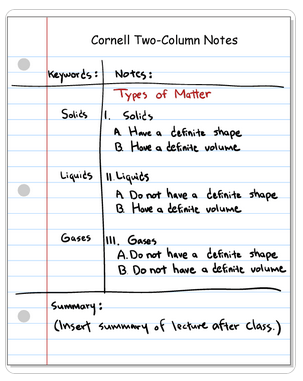The Blotter productivity model for website managers is based on the idea that handwriting increases productivity.
Productivity is no different than eating, exercise and spiritual routines. Once acquired and practiced routinely, one’s productivity will be constant and may increase over time. More and more the old-fashioned method of hand-written notes is being proved as a great way to stay productive on the job and in personal life.
Here are five ways to be productive using traditional handwriting:
1. Note Cards with handwriting increases productivity
Personally, I enter all my tasks in a given day on an index card, then assign time values to each. Finally, I create Google calendar time slots. When the time is expired for that task, I must move on to the next. The consequences of not completing that task means my 4:00 pm quit time gets pushed back.

Note Cards for Increasing Productivity
Ideally, my productive work day begins at 8:00 am and ends at 4:00 pm. But more often than not I’m skipping tasks during the day because of personal or professional distractions. Productivity means picking these tasks back up at the end of a given day and completing them. No matter how late. Productivity for website managers is no different than for other professionals. You’ve gotta get the work done no matter how long it takes!
2. Flowcharts with handwriting increases productivity
Whiteboards remain in most technology company board rooms and strategy planning common places. The method of visual aids to improve the process of developing strategy can be done digitally, but the difficulty projecting flowcharts or other complex systems is sometimes best expressed on a large piece of paper.
3. The Cornell Method with handwriting increases productivity
College classes do teach us something about productivity. One popular method for increasing productivity for website managers goes back to the Cornell Method where a note taker divides up a page into three sections:
- RIGHT COLUMN – General Area where you keep your biggest and best ideas on the lecture. Here are the most important concepts.
- LEFT AREA – Serves to simplify the common area (right column) with “Margin Notes” that continue to build details on the general concepts recorded.
- BOTTOM PAGE – This is the “Total Summary” for the page and is meant to provide a way to quickly review the bulk of the page in a few sentences
4. Headline Writing with handwriting increases productivity
Writing headlines for bog posts or other important banners, whether scribbled on one’s hand or on scraps of paper, can be a way toward recording the most important key points for the topic at hand. In addition to being readily available, this technique for improving productivity has the added value on emphasis. Bigger is better when it comes to recording important thoughts.

Website Productivity at Blotter.com
5. Post-it Notes with handwriting increases productivity
While the modern world is quickly moving toward a digital-only mode for communications, there are many who continue to scribble notes using pencils and pens. Post-It notes are extremely popular for increasing productivity. Overwhelming consensus is that the tried-and-true method for handwritten notes is both productive and more permanent than entering into computers. Remember that you can always enter the text into a computer later.
“I like to be able to see what I write for the days to come,” commented Taylor Cassidy, a contractor for Blotter who writes PHP full time. “But the difference is that I only write down those things that are of central importance to me. Grocery lists, TO-DO lists at work and all those things that need to be viewed on my desk in the near future.”


